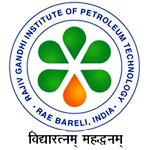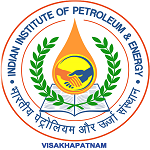What is JEE Advanced?
- Joint Entrance Examination - Advanced is an all India common engineering entrance examination which is conducted for admission into the top most engineering institutes(IITs) in India.
- JEE (Advanced) will be jointly conducted by IIT Bombay, IIT Delhi, IIT Guwahati, IIT Kanpur, IIT Kharagpur, IIT Madras and IIT Roorkee (under the directives of the Joint Admission Board) for admission to the undergraduate programmes in all IITs and ISM Dhanbad.
- Indian Institutes of Technology (IITs) are institutions of national importance established through Acts of Parliament for fostering excellence in education.
- Over the years, IITs have created a world class educational platform. At present, there are twenty three IITs across the country. Admission into various undergraduate programmes across IITs is through the Joint Entrance Examination (Advanced) only.
- JEE Advanced-2026 will be conducted by the Indian Institute of Technology (IIT) Roorkee on May 17, 2026 (Sunday).
Programs Offered:
Through JEE (Advanced), IITs offer admission into undergraduate courses leading to a Bachelor's, Integrated Master's or Bachelor-Master Dual Degree in Engineering, Sciences, Architecture, or Pharmaceutics. Both Bachelor's and Master's degrees are awarded to candidates enrolled in the dual degree programs upon successful completion of the course curriculum. In a few of the IITs, students enrolled into the 4-year Bachelor's program have the option to convert to B.Tech.(Honors) and/or B.Tech. with Minors. The types of academic programs offered at IITs and their minimum duration are given below. However, not all programs and courses are available in all the institutes.
Types of Acadamic programs offered at IITs and their minimum Duration:
| B.Tech. | Bachelor of Technology | 4 years |
| B.S. | Bachelor of Science | 4 years |
| B.Arch. | Bachelor of Architecture | 5 years |
| Dual Degree B.Tech.- M.Tech. | Dual Degree Bachelor of Technology and Master of Technology | 5 years |
| Dual Degree B.S.-M.S. | Dual Degree Bachelor of Science and Master of Science | 5 years |
| Integrated M.Tech. | Integrated Master of Technology | 5 years |
| Integrated M.Sc. | Integrated Master of Science | 5 years |
JEE Advanced 2026 Eligibility:
Eligibility Criteria for Indian Nationals (including PIO/OCI) For Appearing in JEE (ADVANCED) - 2026:
-
The percentages of various categories of candidates to be shortlisted are: 10% for GEN-EWS, 27% for OBC-NCL, 15% for SC, 7.5% for ST, and the remaining 40.5% is OPEN for all. Within each of these five categories, 5% horizontal reservation is available for PwD candidates.
Category-wise distribution of top 2,50,000* candidates.Order Category Number of "Top" Candidates 1 OPEN 96187 101250 2 OPEN-PwD 5063 3 GEN-EWS 23750 25000 4 GEN-EWS-PwD 1250 5 OBC-NCL 64125 67500 6 OBC-NCL-PwD 3375 7 SC 35625 37500 8 SC-PwD 1875 9 ST 17812 18750 10 ST-PwD 938 - Age limit: Candidates should have been born on or after October 1, 2001. Five years age relaxation is given to SC, ST, and PwD candidates, i.e. these candidates should have been born on or after October 1, 1996.
- Number of attempts: A candidate can attempt JEE (Advanced) maximum of two times in two consecutive years.
- A candidate should have appeared for the Class XII (or equivalent) examination for the first time in either 2025 or 2026*.
-
Earlier admission at IITs: A candidate should NOT have been admitted in an IIT irrespective of whether or not he/she continued in the program) OR accepted the IIT seat by reporting at a reporting centre in the past. The candidates whose admission at IITs was cancelled are also NOT eligible to appear in JEE (Advanced) 2026.
Candidates who have been admitted to a preparatory course in any of the IITs for the first time in 2025 can appear in JEE (Advanced) 2026. The candidates who have paid seat acceptance fee but not accepted the seat (by not reporting at any reporting centre during joint seat allocation in 2025) are eligible to appear in JEE (Advanced) 2026.
Other Institutes:
Other centrally funded institutes have used JEE (Advanced) ranks in the past. These include:
- Indian Institute of Science, Bangalore (IISc)
- Indian Institute of Space Science and Technology (IIST), Thiruvananthapuram
- Rajiv Gandhi Institute of Petroleum Technology (RGIPT), Rae Bareli
- Indian Institute of Petroleum & Energy (IIPE), Visakhapatnam
Schedule of JEE Advanced-2026:
The examination consists of two papers (Paper 1 and Paper 2) of three hour duration each. Both the papers are compulsory.
| Registration for JEE (Advanced) 2025 | From 23-04-2025 to 02-05-2025 upto 11.55PM |
| Exam Date | Sunday, May 18, 2025 |
| Paper 1 | 09:00 IST to 12:00 IST |
| Paper 2 | 14:30 IST to 17:30 IST |
Exam Pattern:
- The entire JEE (Advanced) Examination will be conducted in fully computer based test mode
- There are two question papers: Paper 1 and Paper 2 of three hours duration each. Both papers are compulsory.
- Each question paper will consist of three separate sections, viz., Physics, Chemistry and Mathematics
- The question papers will consist of objective type (multiple choice and numerical answer type) questions designed to test comprehension, reasoning and analytical ability of candidates.
- Negative marks will be awarded for incorrect answers to some of the questions.
JEE ADVANCED-2025 Syllabus:
Click Here SyllabusPerformance in Class XII (OR Eauivalent) Board Examination:
- Must have secured at least 75% aggregate marks in the Class XII (or equivalent) Board examination. The aggregate marks for SC, ST and PwD candidates should be at least 65%.
- Must be within the category-wise top 20 percentile of successful candidates in their respective Class XII (or equivalent) board examination
JEE ADVANCED 2025 Important Dates:
| Declaration of results of JEE (Main) 2025 | In the Month of April 2025 |
| Registration for JEE (Advanced) 2025 | From 23-04-2025 to 02-05-2024 upto 11.555PM |
| Last date for fee payment of registered candidates | 05-05-2025 upto 11.555PM |
| Admit card available for downloading | From 11-05-2025 to 18-05-2025 upto 2.30PM |
| JEE (Advanced) 2025 examination | 18-05-2025 |
| Copy of candidate responses to be sent to the candidates | 22-05-2025 |
| Online display of answer keys | 26-05-2025 |
| Feedback and comments on answer keys from the candidates | From 26-05-2025 to 27-05-2025 upto 5PM |
| Results of JEE (advanced )2025 | 02-06-2025 |
| Online registration for Architecture Aptitude Test (AAT) | From 02-06-2025 to 03-06-2025 upto 5PM |
| Architecture Aptitude Test (AAT) | 05-06-2025 |
| Declaration of results of AAT | 08-06-2025 |
| Tentative Start of Seat Allocation Process (JOSAA) | From 03-06-2025 |
Basic Information about IITs and Participating Institutions in JEE Advanced-2025
Zonal IITs:
Other Institutes:
For latest updates about JEE Advanced-2025, Visit http://myrank.co.in/notifications/
For Complete information about JEE Advanced-2025, Visit https://jeeadv.ac.in/


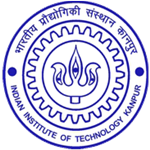
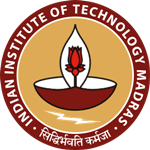
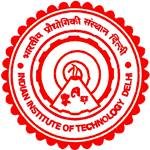

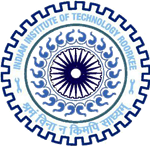
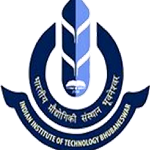


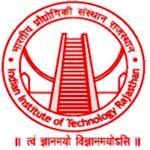
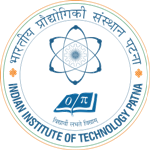
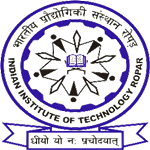


_Varanasi.png)
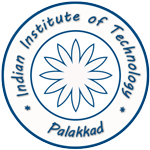
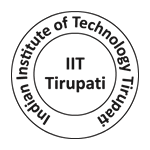



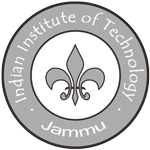
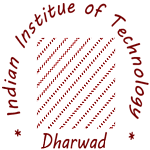
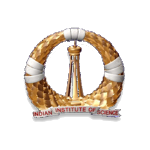
.png)
